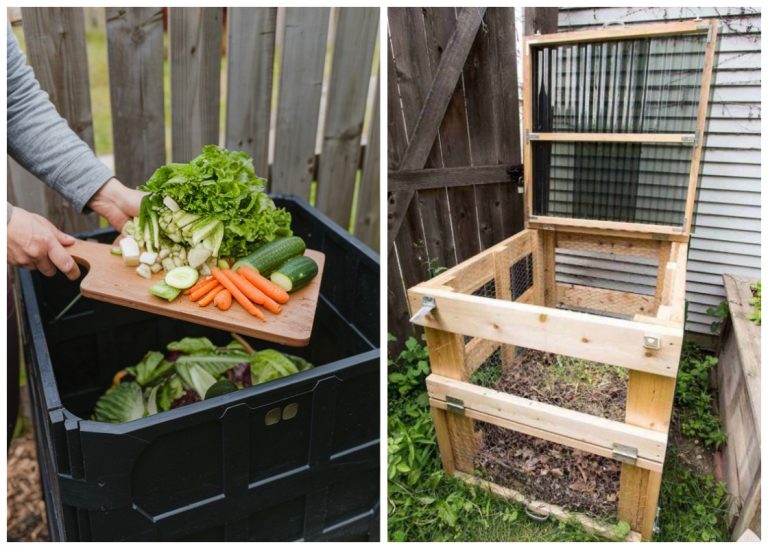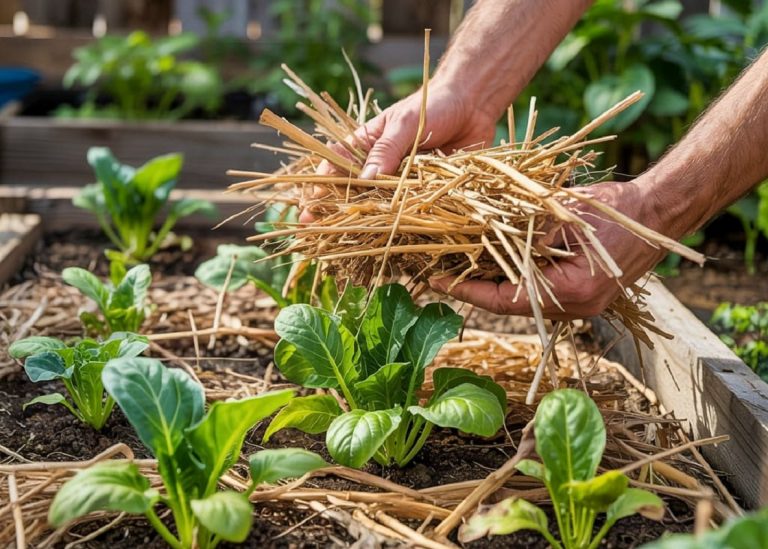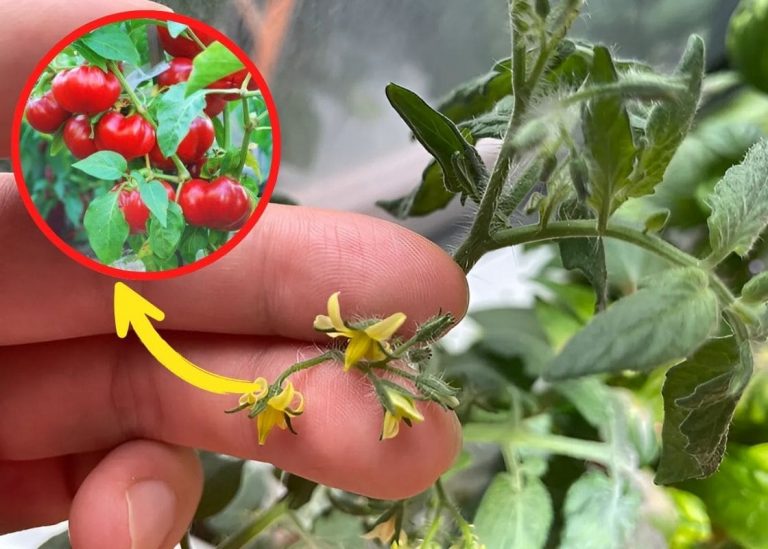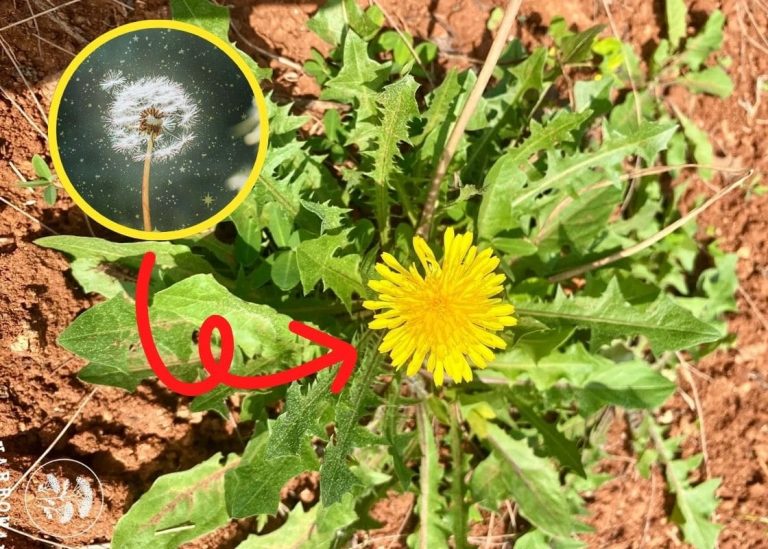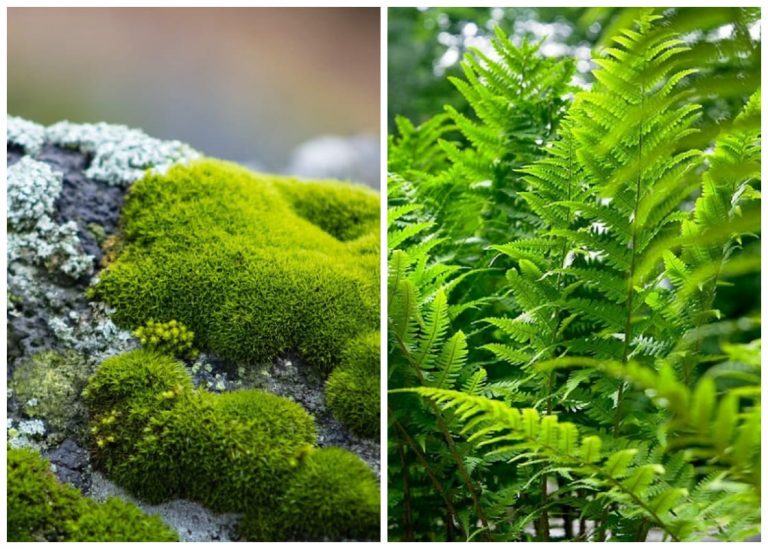How to Design a Garden That Changes With the Seasons (and Never Feels Empty)
It was the kind of chilly afternoon where you linger at the window without meaning to. I had a blanket around my shoulders, a warm mug in my hands, and a view of the backyard that felt… hollow. The summer blooms had long surrendered. The snapdragons looked like forgotten party guests. Even the bees had stopped visiting.
That garden—once my favorite place to sit barefoot and dream—had gone quiet, like a stage after the curtain falls. It caught me off guard, honestly. I hadn’t planned for the absence. I hadn’t planted for what came after the show.
That moment stayed with me, much longer than I expected. Not because of how barren it looked, but because I realized I’d made a mistake I didn’t even know was a mistake: I had built a garden that only knew how to shine in one season.
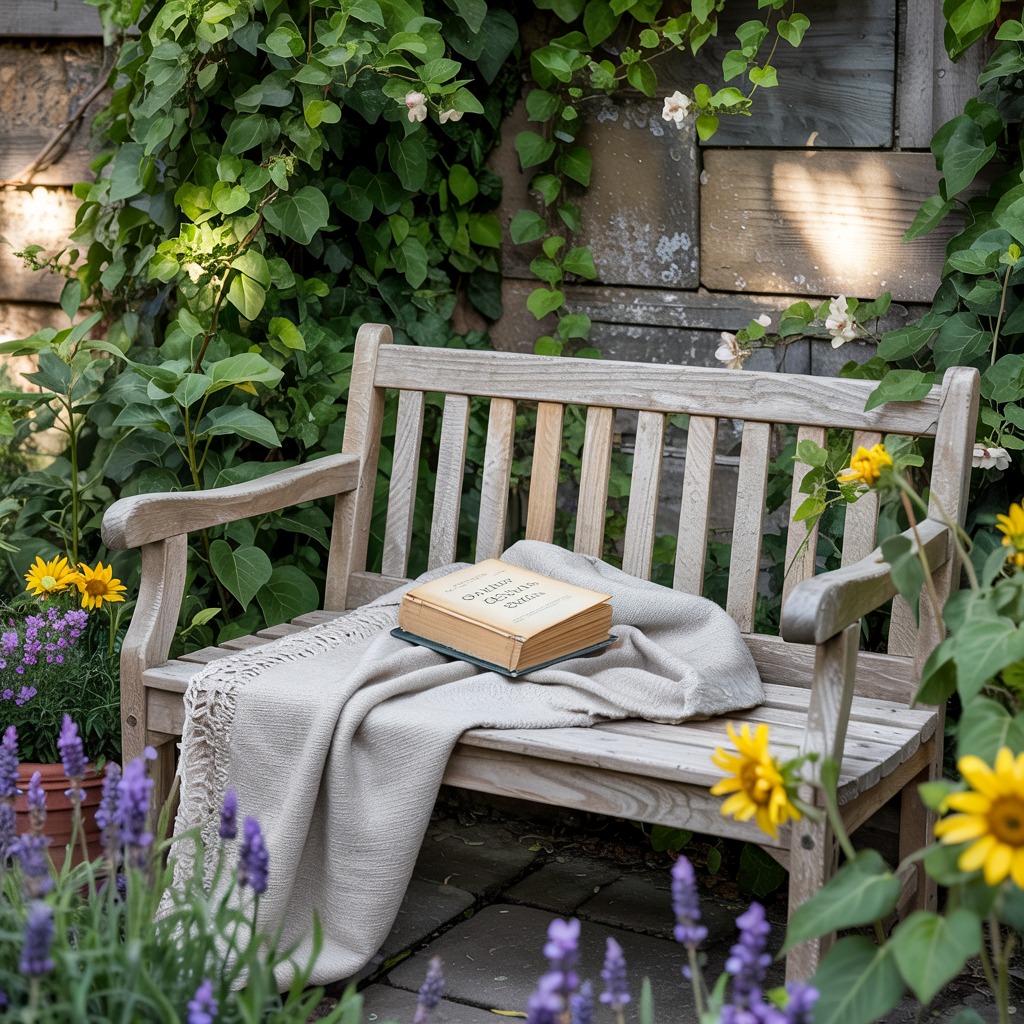
The next spring, I made a promise to myself: no more silence. I wanted a garden that whispered through winter, stirred in early spring, danced in summer, and wrapped itself in gold by fall. One that changed its clothes with the weather, yet always felt alive.
So I started listening—not just to books or blogs, but to the plants, the soil, and the stories shared over garden fences. I made notes in the margins of seed catalogs, took photos of roadside weeds in autumn, and learned to appreciate the skeletal grace of a frost-covered shrub just as much as a rose in full bloom.
What I’ve grown since isn’t perfect. But it’s a garden that keeps me company all year long. Let me show you how I did it—and how you can too.
Begin with the Bones: Structure That Stays

Every garden needs a skeleton—those elements that remain when all the leaves and blooms fall away. I ignored this for years, focusing only on what looked pretty in spring and summer. Big mistake.
What I’ve learned:
-
Add evergreens for year-round interest: boxwood, holly, dwarf conifers.
-
Include shrubs with winter character like red-twig dogwood, witch hazel, or snowberry.
-
Garden structures matter more than I realized. A simple bench, trellis, or obelisk can offer form when the beds are bare.
-
Even paths—crunchy gravel, flagstone, or bark—create rhythm and visual flow through the off-season.
One winter, a neighbor walked by and told me, “Your garden still feels like a space—even now.” That stuck with me. It’s all about giving the eye—and the heart—something to land on, no matter the month.
Think in Layers, Not Just in Flowers
I used to plant everything in neat rows like a beginner baker decorating a cake. Tulips here, daisies there. But I realized something was missing: depth. Life.
Now I layer by height and season:
-
Tall: ornamental grasses, sunflowers, delphiniums, hollyhocks
-
Medium: echinacea, rudbeckia, salvia, lavender
-
Low: creeping thyme, pansies, sweet alyssum, sedum
This layering makes the garden feel full, even when some things are fading. And when different layers bloom at different times, the garden never feels “over.”

One season, my asters bloomed right above the fading heads of black-eyed Susans, and it looked like a natural handoff. Like the flowers had made a secret agreement to keep the color going.
Plant With the Calendar in Mind
A garden that thrives year-round isn’t built in a single trip to the nursery. It’s built through thoughtful planting across the seasons.
Here’s a simplified planting calendar I follow:
Early Spring:
-
Crocuses, snowdrops, hellebores
-
Forsythia and daffodils
-
Pansies and primroses
Late Spring to Summer:
-
Roses, peonies, zinnias, cosmos
-
Herbs like basil, oregano, and chives
-
Climbing clematis and honeysuckle
Fall Favorites:
-
Mums, ornamental kale, autumn sedum
-
Japanese anemone, goldenrod, asters
-
Grasses like miscanthus and switchgrass
Winter Interest:
-
Evergreens, of course
-
Dogwood stems, dried hydrangeas, seed heads left for birds
-
Hellebores that bloom right through the snow
Pro tip: I always leave a few seed heads standing—rudbeckia and coneflowers especially. They feed the finches and look beautiful glazed in frost.
Let Nature Do the Transitions
I used to feel pressure to “clean up” my garden as soon as the petals dropped. But over time, I’ve learned to embrace the mess. Nature doesn’t rush, and neither should I.
What I now leave behind:
-
Dried grasses waving in the breeze
-
Seed pods for birds and a little winter music
-
Fallen leaves that nourish the soil beneath
Instead of clearing everything in a hurry, I gradually shift things—cutting back here, adding compost there, tucking bulbs quietly under the earth.
When we let the garden soften and settle, it teaches us something: beauty doesn’t always come in bloom.
Play With Texture, Movement, and Scent Year-Round
It took me years to realize that color isn’t the only joy in a garden.
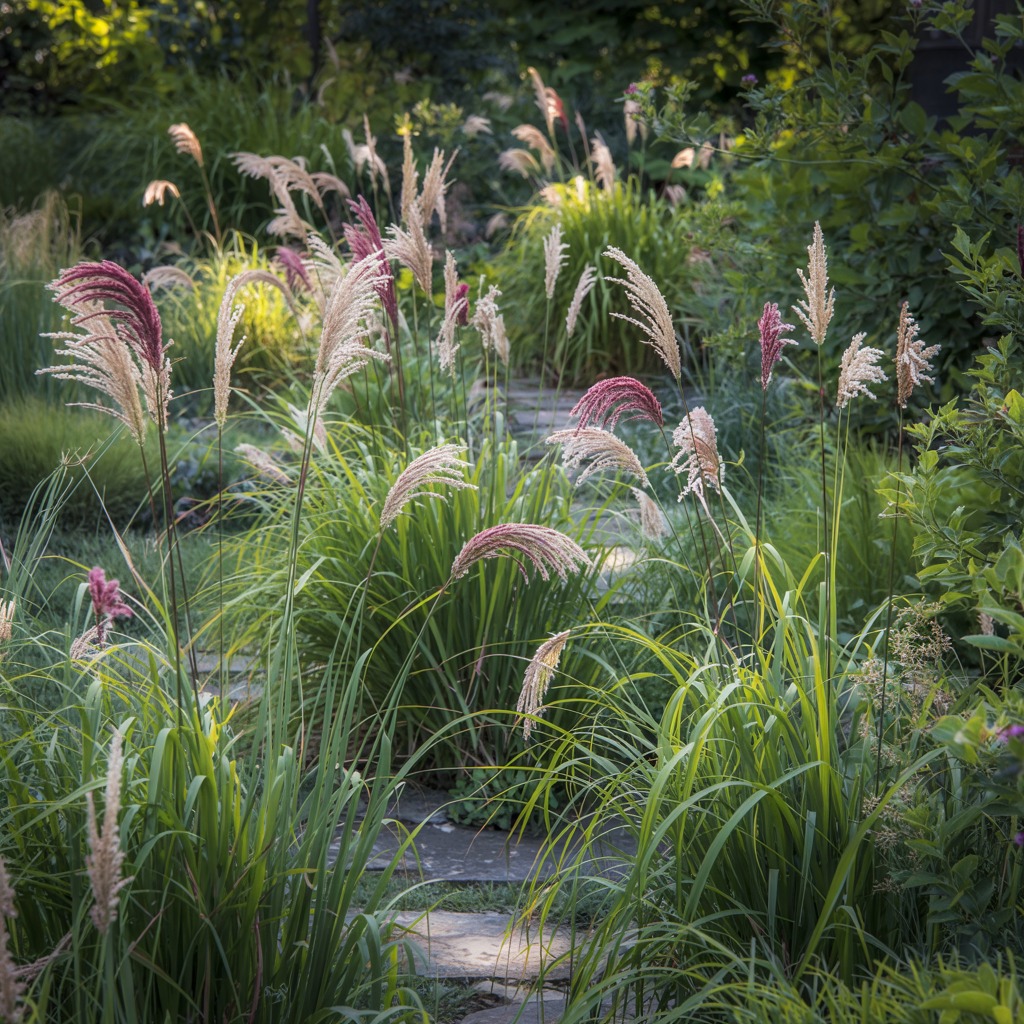
Now I plan with this in mind:
-
Texture: Fuzzy lamb’s ear, spiky agastache, waxy succulents
-
Movement: Wind-tossed grasses, climbing vines, breezy cosmos
-
Scent: Daphne in early spring, roses in summer, lavender into fall
One fall, I brushed past some Russian sage and the scent followed me down the path like a memory. That scent? It stayed with me all winter. These details are subtle, but they deepen your connection with the space.
Create Little Seasonal Moments
Not every garden needs to be a showstopper all at once. I’ve fallen in love with the idea of “mini features” throughout the yard—tiny surprises that shine in their moment.
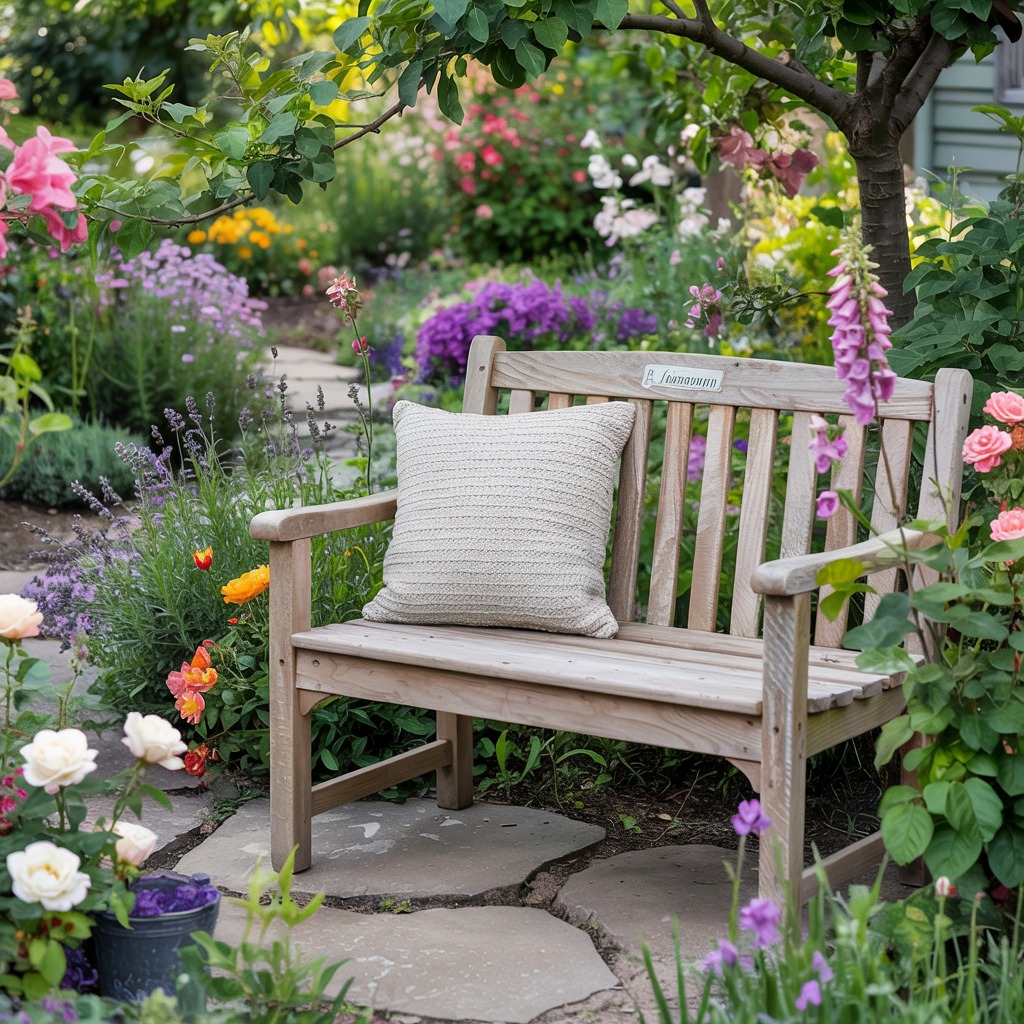
Here are some ideas that have worked for me:
-
Spring: A corner bursting with daffodils near the gate
-
Summer: An archway covered in climbing roses
-
Fall: A cozy bench framed by fiery maples
-
Winter: A birdbath filled with pinecones and fairy lights
Each one adds emotional rhythm to the year. You start looking forward to their return—like seeing old friends come around again.
Final Thoughts: A Garden That Moves With You
Designing a seasonal garden isn’t about perfection. It’s about presence.
It’s learning to see beauty in every stage of growth, to celebrate what’s here while gently preparing for what’s next. My garden still has gaps. There are days it feels wild and unkempt. But I’ve stopped chasing constant bloom and started embracing continual change.
When you design with the seasons in mind, your garden becomes more than a place. It becomes a companion. A quiet friend reminding you that growth is not a straight line. That rest is part of the cycle. That beauty returns—again and again.
Let’s Grow Together
Are you dreaming of a garden that never feels empty? I’d love to hear how you’re shaping your space through the seasons.
Tag me in your garden photos or drop your favorite seasonal plant in the comments. If you’d like a printable seasonal garden checklist or inspiration board, just say the word—I’d be happy to create one for you.
Let’s keep planting, sharing, and growing—season after season.

